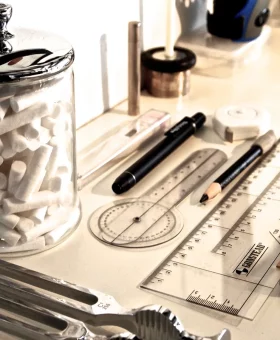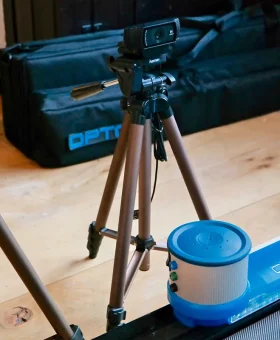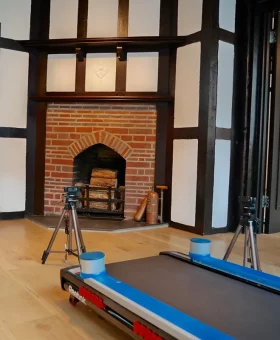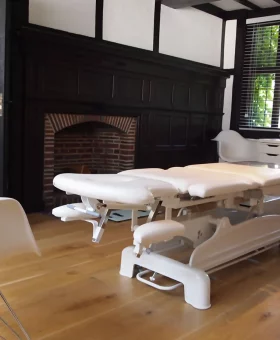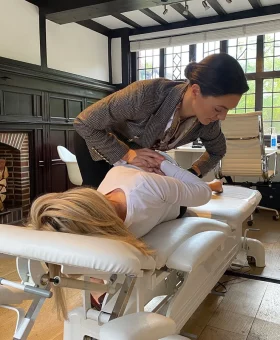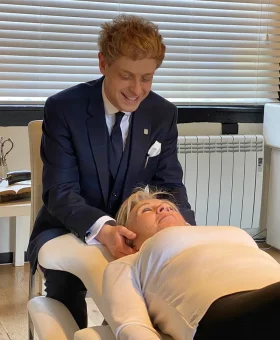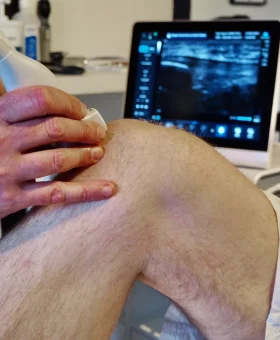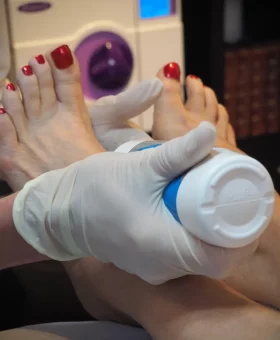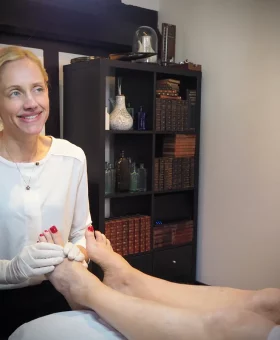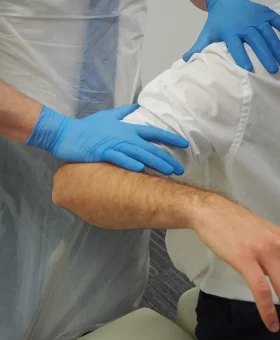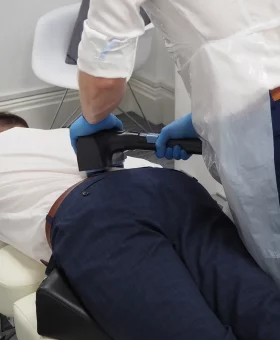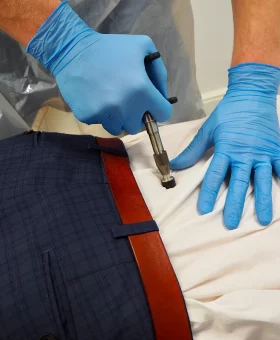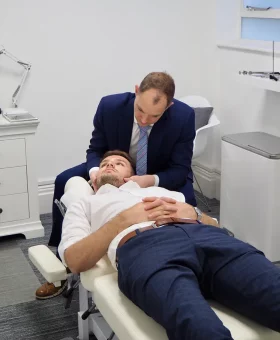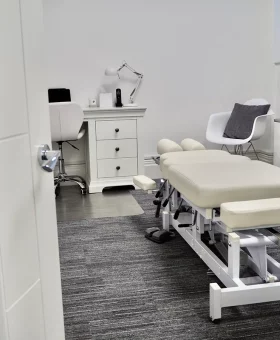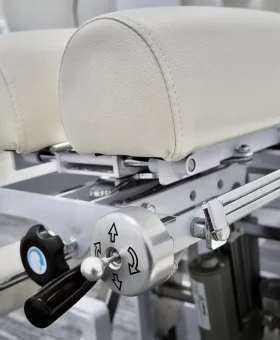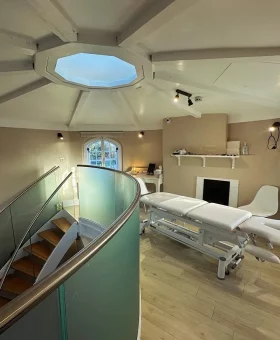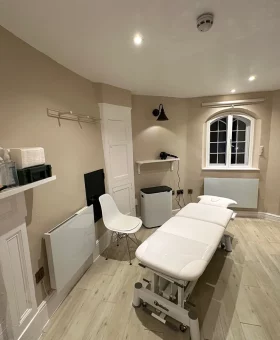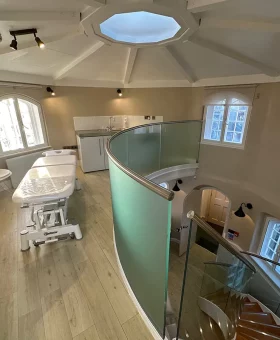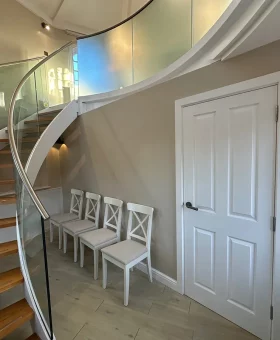Better Posture & Movement
Want to Stand a Little Taller? Most People Do... But is posture as important as most people think it is?
The Pain and Injury Clinic’s are the UK’s pre-eminent provider of services in the diagnosis, management and conservative treatment for a wide variety of painful conditions and injuries. Our clinic’s are located within Warwickshire, Stratford-upon-Avon, and Birmingham. These centre’s of clinical excellence are renowned for a friendly and professional approach, gentle and effective treatment, and superb clinical outcomes.

'Practice makes perfect' Posture?
Every day we hear things like ‘I know I wouldn’t have this back problem if I was a little bit more careful about the way I sit.’ Whether that’s true or not, how much control do we have over our own posture? Yes, we can momentarily force ourselves into some form of upright position. However, chances are, it’s going to be relatively short lived, and the moment that your mind drifts onto something other than your posture, you’ll lapse into your old ways again.
Posture is NOT mediated merely by a conscious effort.
Posture is a complex interplay between numerous contributory factors, including our genetic body composition, behaviour and psychology, general health, and lifestyle (occupation, past times, exercise habits). Each of these factors and more need to be carefully evaluated and considered when looking to improve an individuals posture, and that’s where we step in.We take a similar proactive philosophy to posture and quality of movement that a dentist will take with a patients dental health- Its far more sensible to maintain a healthy posture and promote healthy movement, with the view to preventing things from going wrong, than it is to merely wait from something to go wrong, and then pick up the pieces afterwards.
The British Dental association have had the right idea for as long as we can all remember: Instead of waiting until something goes wrong with your teeth, look after them now; make them last. No one wants dental pain, bad breath, difficulty eating, and a mouth where half their teeth are missing, and the other half are decayed. In context to the rest of our skeleton, we all spend a disproportionate amount of time looking after our teeth. Therefore, most of us can presume a certain level of dental health.
However, when our low back ‘gives in’ we’re always inclined to ask: ‘Why has this happened?’ The most likely answer is that ‘We’ve never put any measures in place to look after our back.’
We’ve put together a programme which encourages members of the public to take a more prospective, autonomous and self-sufficient approach in caring for their bodies.
Lower Risk of Current and Future Pain and Injury.
We see lots of patients whom develop pain or injury in relation to their job, or some form of day to day task, such as housework or gardening. Could these injuries have been prevented if risk factors leading to them were pre-empted and good practices were put in place to begin with? We’re often asked to provide ergonomic and anthropometric assessments for companies and individuals alike whom realise the importance of reducing the risk of injury.
Faulty postures have been linked to back pain, neck pain, headaches, shoulder pain, hip pain, elbow pain, but to name a few. The reported socio-economic cost of illness due to back pain alone has been estimated at £1, 632 million. However, the direct cost of back pain is insignificant compared to the cost of the production losses related to it, which total £10, 668 million. Overall, back pain is one of the most costly conditions for which an economic analysis has been carried out in the UK and this is in line with findings in other countries.


Looking Your Best.
Improved Concentration & Cognitive Ability.


Improved Digestion.
Facilitation of Healthy Breathing.
Adequate posture becomes even more important when engaging in physical exercise due to the higher levels of oxygen required by the body to meet for the demands of the increased activity.
For athletes and vocalists (singers), this function naturally remains of utmost importance. The ability to efficiently expand and collapse the thoracic cage bares a direct correlation with an athletes aerobic capacity, and a singers vocal control and sustain. Faulty postural mechanisms result in sub-optimal movement of the thoracic cage and diaphragm, making it more difficult to breathe and speak.
To really see how posture affects your breathing, sit with your shoulders and spine in a slouched position in your chair. Exhale and then hold your breath. Now, stand up straight and continue to hold your breath.That vacuum-like feeling you’re experiencing is a representation of the breathing space you lose while slouching. Just imagine how much oxygen your body is losing simply because of poor habits.

So whether you’re suffering with your posture at the moment, or want to take action to legislate against future problem, we would love to help. If you wish to see one of our expert clinicians, or would like further information about the services available at our Warwickshire, Stratford-upon-Avon, or Birmingham clinics, please do not hesitate to be in touch.







